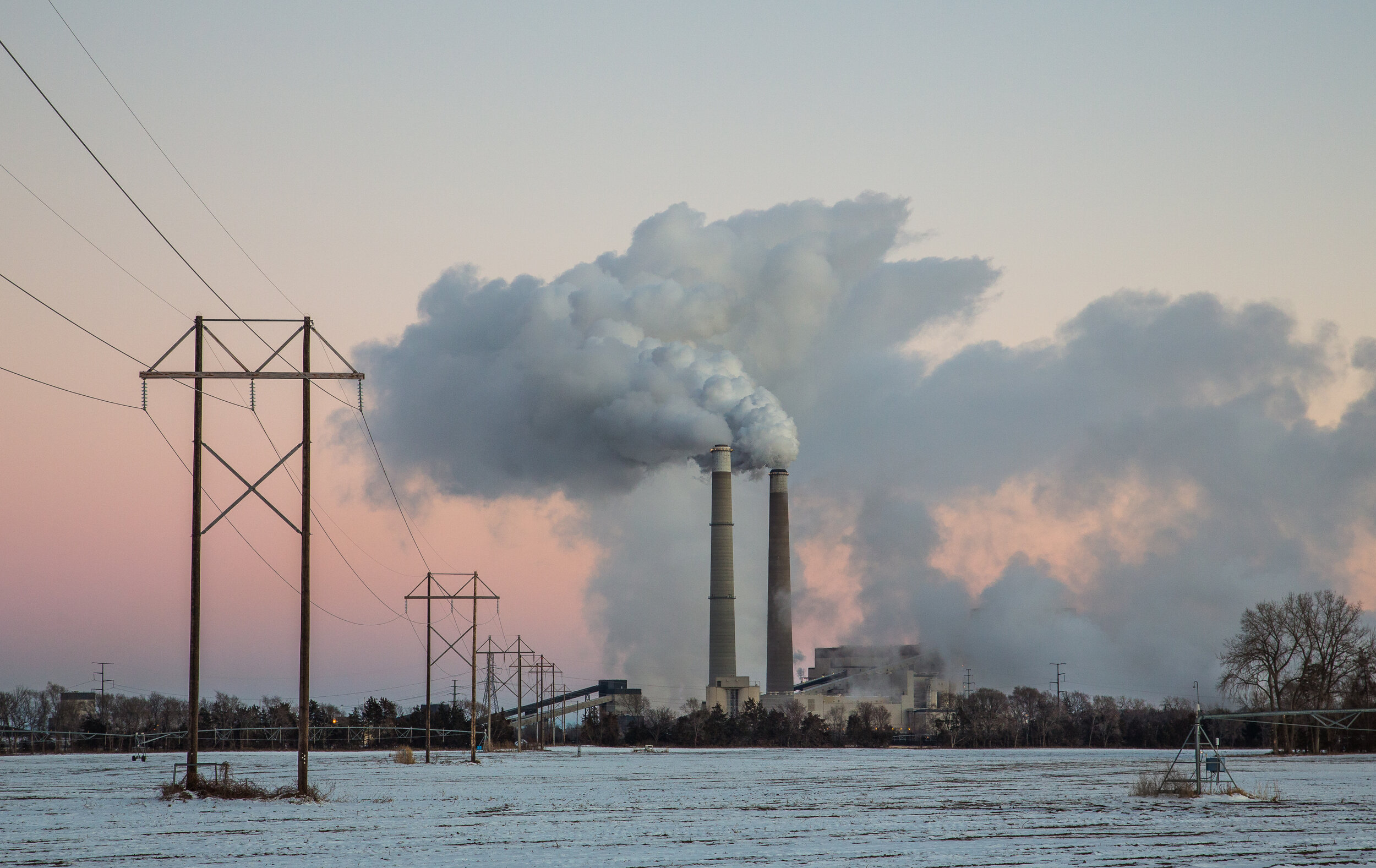Recently, a University of Massachusetts Amherst research team presented groundbreaking research on the social and economic impacts of gambling in Massachusetts. The Massachusetts Gambling Impact Cohort study is the first major gambling study to spend over six years on the same individuals in order to analyze the development of their gambling behavior.
CDC and FDA recommend J&J vaccine pause
Weekly Climate News
April 22, 2021
Alaska’s boreal forests have experienced extreme damage from wildfires, but the regrowth of deciduous trees is helping to sequester more carbon than before.
Climate change has been altering the monsoon season in India, which poses threatening concerns for both Asian countries and the world.
Dust plumes from Africa, like the recent “Godzilla” pushed by winds in June 2020 from the Sahara across the Atlantic to North America, will shrink significantly due to climate change.
U.S. President Joe Biden will announce on Earth Day that the United States will cut carbon emissions in half by the end of the decade.
The “Climate Clock” in New York City’s Union Square now shows an estimate of how much of the world’s energy comes from renewable resources.
A recent study found that air pollution in India is costing Indian businesses $95 billion every year.
Russian President Vladimir Putin accepted an invitation from Biden for a virtual climate summit.
Springtime snow and unseasonably harsh frosts in Western Europe are connected to losses of Arctic sea ice.
U.S. Secretary of the Interior Deb Haalandrevoked a slew of orders issued under the Trump administration, shifting away from policies in favor of the oil and gas industries.
A brief history of Earth Day
Earth Day is the largest secular holiday celebrated across the globe. It originated at the cusp of the modern environmentalist movement, which began in the 1970s as Americans became more aware of the effects of unimpeded industrialization on the environment and human health. At the time, key events, including the fire on the Cuyahoga River and the success of Rachel Carson’s book “Silent Spring,” contributed to a growing fervor among mainstream Americans on environmental issues.
New developments in carbon-capture technology
Carbon footprint calculator focuses attention on personal responsibility
After its popularization in the 1990s by oil and gas company BP in a $250 million advertising campaign, the term “carbon footprint” has been heavily discussed, particularly around Earth Day. In 2004, as a response to BP’s campaign, the first carbon footprint calculator was invented. Since then, the Environmental Protection Agency and others have released other carbon footprint calculators, promoting individual responsibility in reducing personal carbon footprints.
Weekly Climate News
April 15, 2021
Non-fungible tokens, a new blockchain technology, have been found to have a large environmental impact.
Many cyclists are unhappy about a new rule change that ends the tradition of tossing water bottles to fans during races.
The Muldrow Glacier in Alaska is moving up to 90 feet a day, 100 times faster than its normal pace.
A cyclone hit Indonesia, leaving over 160 people dead from flash floods and landslides. Many are claiming the Indonesian government’s recent rollback of environmental protections worsened the crisis.
Japan’s recent approval of treated radioactive water from the Fukushima nuclear plant into the Pacific Ocean has been met with fierce opposition.
Despite a slow economy resulting from COVID-19, greenhouse gases are currently on the rise.
The proposal for the construction of a controversial biomass power plant in Springfield, Massachusetts, was revoked by the state’s Department of Environmental Protection.
CACTO claims to be the first “carbon negative fashion company in the Americas” because it removes more atmospheric carbon than it produces through the manufacturing of its cactus leather products.
Waves are a possible renewable energy source
Wave energy recently reached a new milestone in the United States: The first testing site for large-scale electricity production has been approved in the country. The site, called PacWave South, is located off the Oregon coast and will be used by various companies to determine the viability of their wave energy converters (WEC). The goal of the site is to determine which wave energy technologies can be adapted for full-scale commercial use.





